NYC Mayor Bloomberg has done it. He convinced the board of health to pass a ban on sodas and other sugary drinks being sold in public venues in cups bigger than 16 ounces. The vote was 8-0, with one abstention, the latter a doctor who said the ban doesn’t go far enough.
Can you believe the arrogance of these people? “We don’t care what people want, we know better. It’s for their own good.”
Can you believe the stupidity of these people? Like nobody is going to figure out that they can order two 16 ounce Cokes and call it a day.
As a lawyer, you can write about how this won’t pass constitutional muster, you can file lawsuits, or you can get angry and join protests, and many lawyers will.
Me? I’d have some fun with it.
Yes, it makes me angry to watch the erosion of freedom and common sense in our country. But I’d rather laugh than cry.
So, if I practiced in NYC, I might hand out 17 ounce cups with my firm’s name and phone number on it, and offer free re-fills at my office. I might sponsor a soft-drink drinking contest, like Nathan’s does with hot dogs. I might make a Youtube video where I offer to sue the city on your behalf if you get injured on your way for yet another refill.
Have some fun and get some clients. And thank Mayor Bloomberg for making NYC a healthier place to live and work. After all, laughter is good for your health.

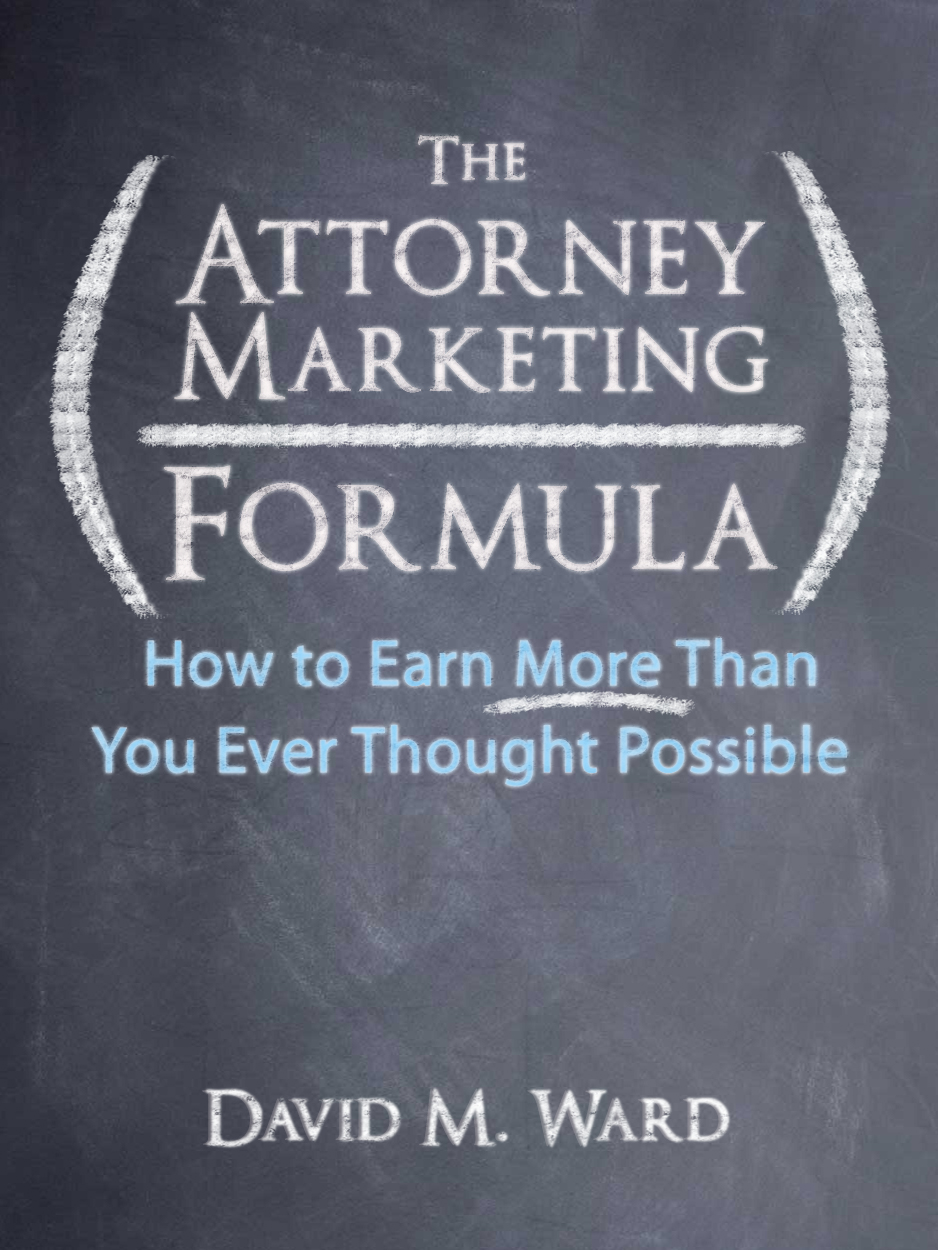
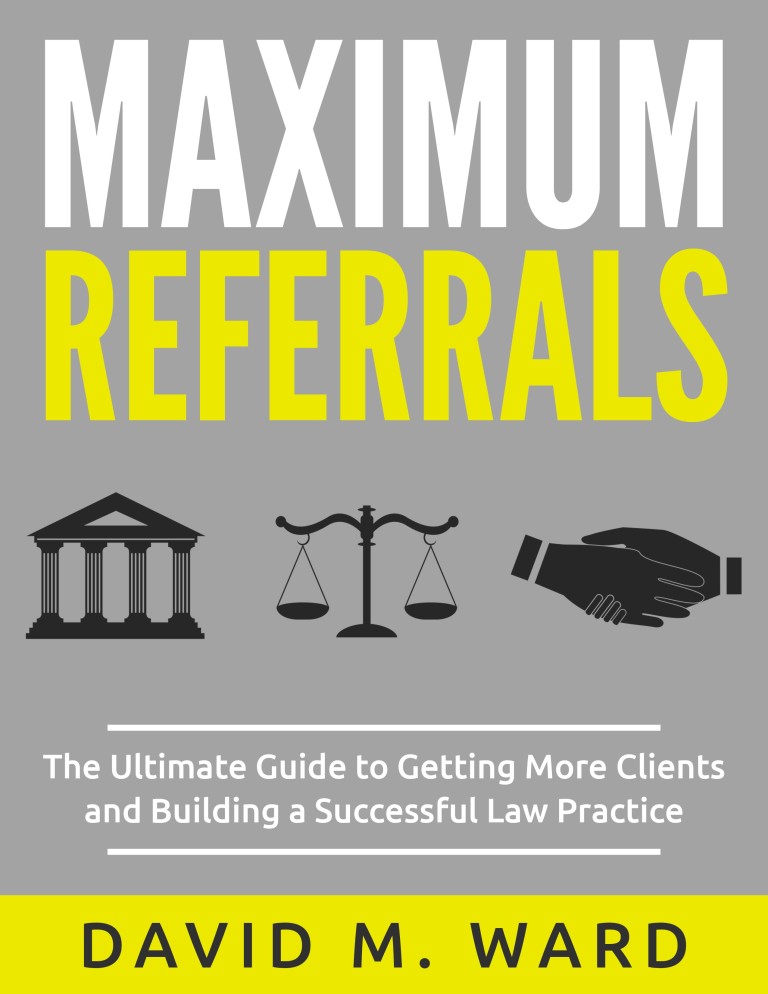
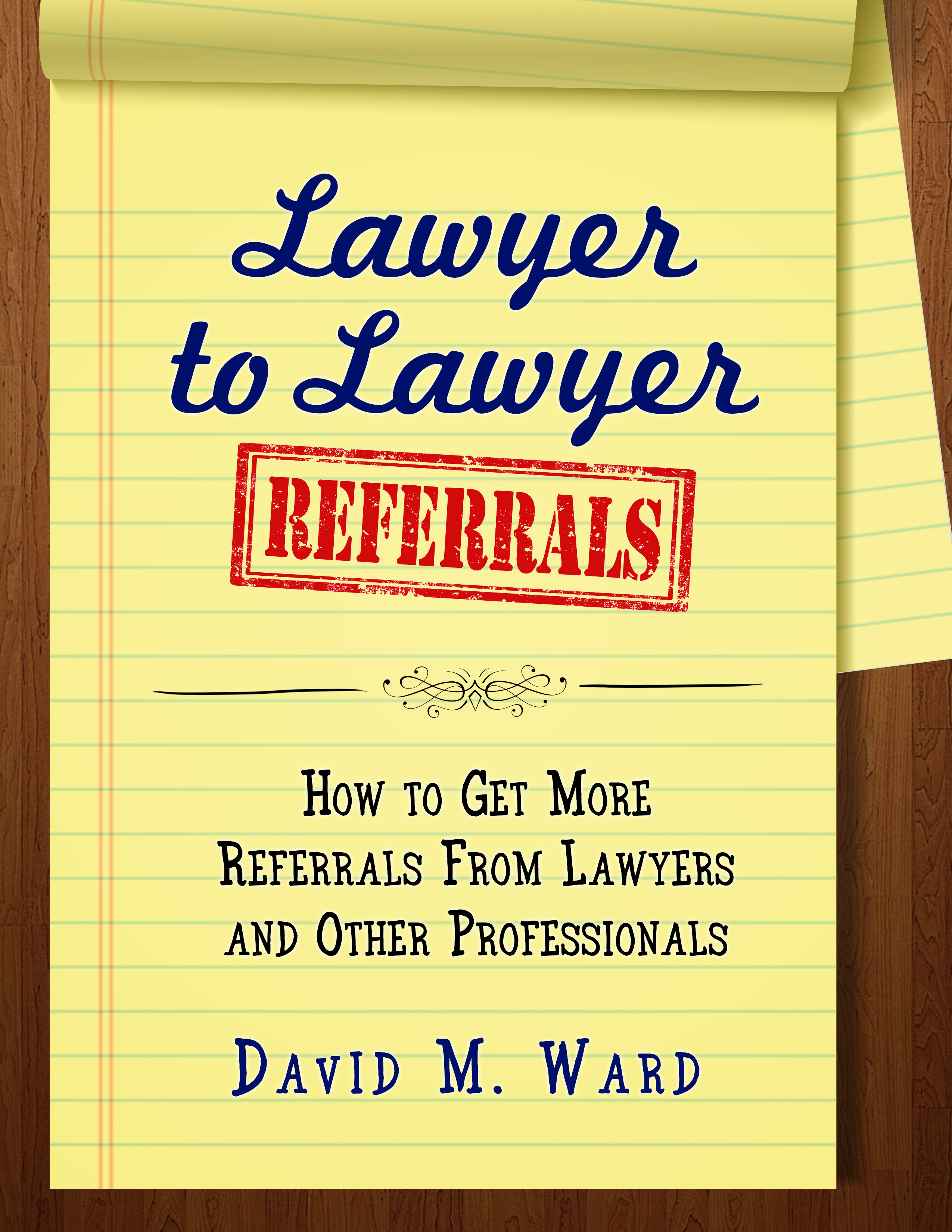
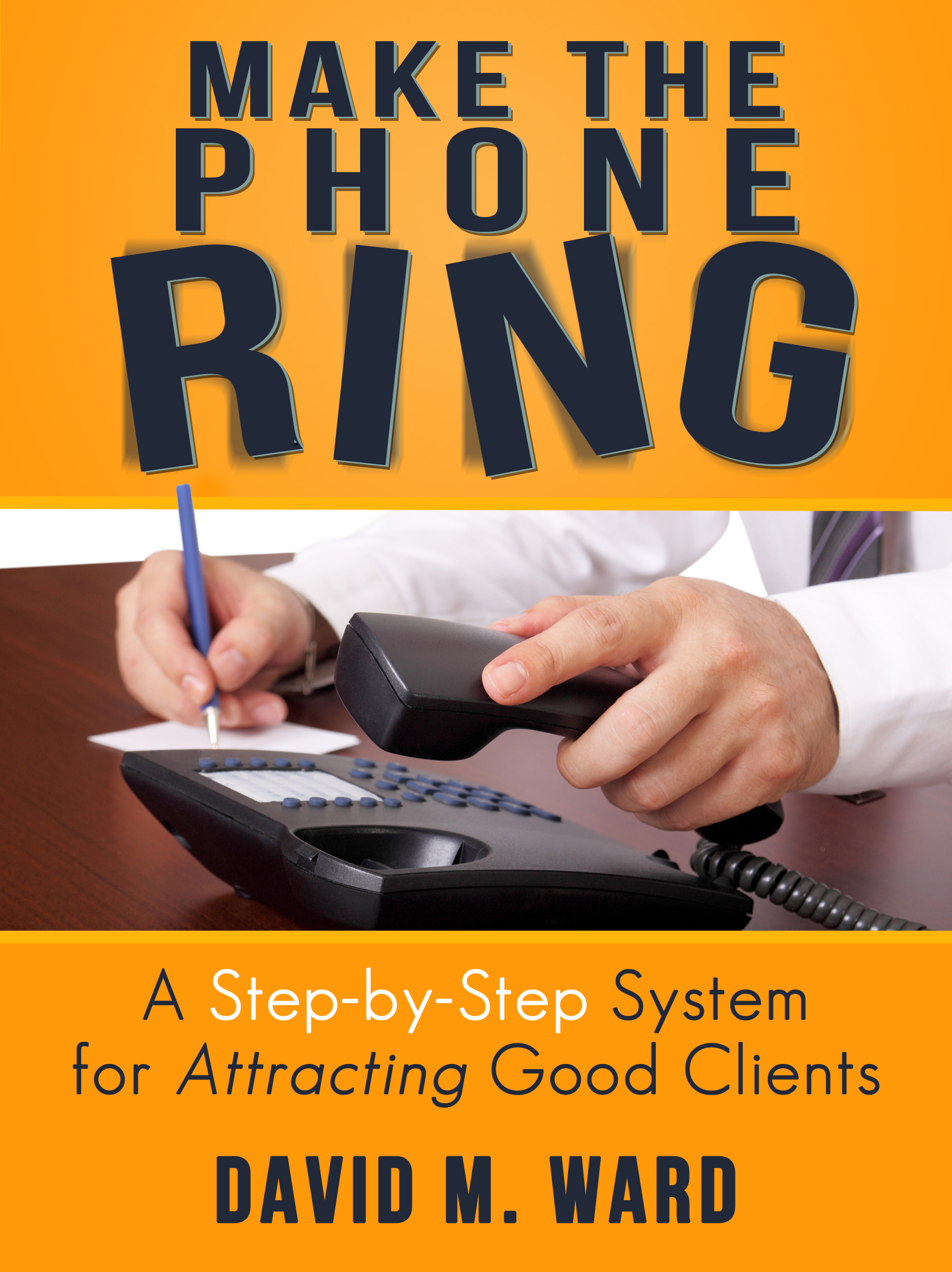
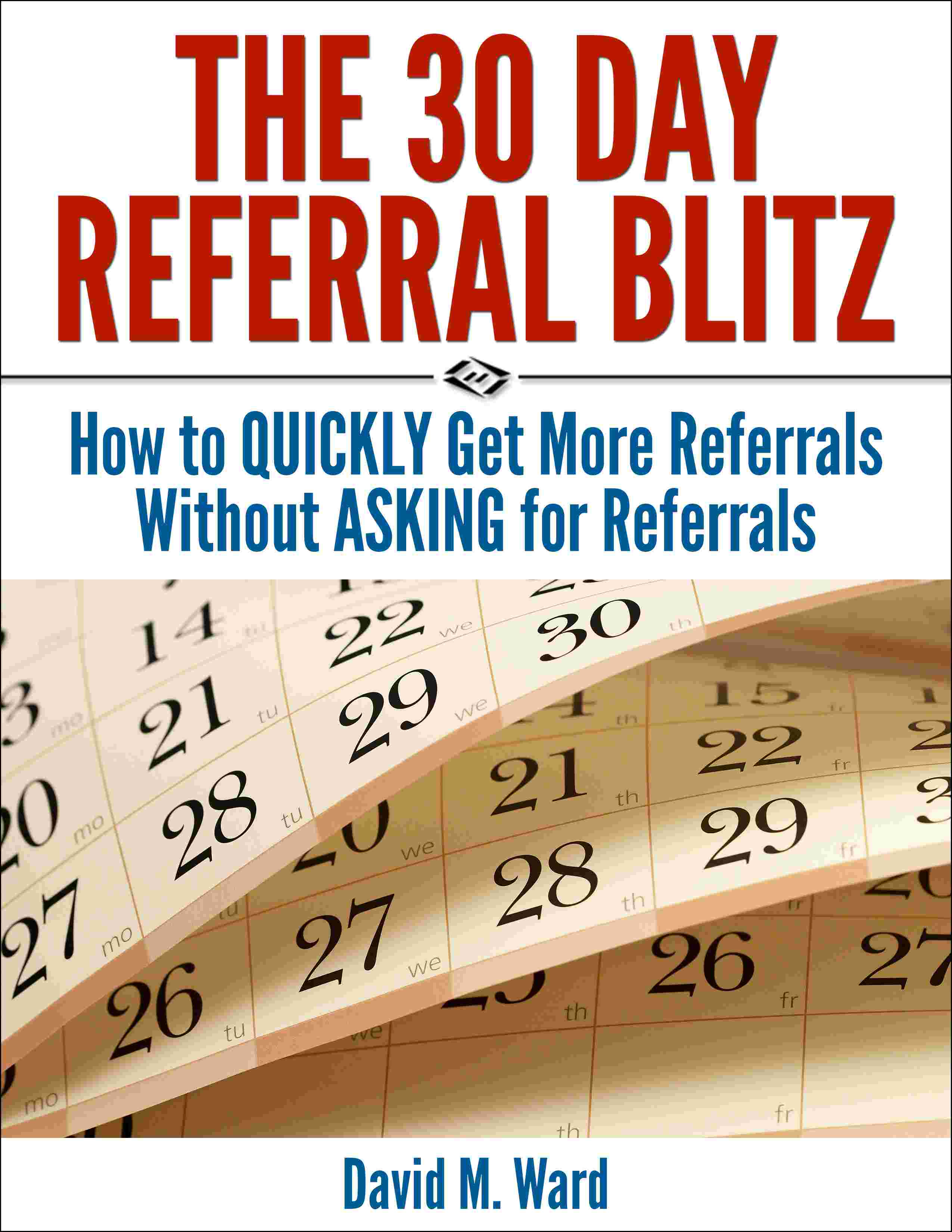
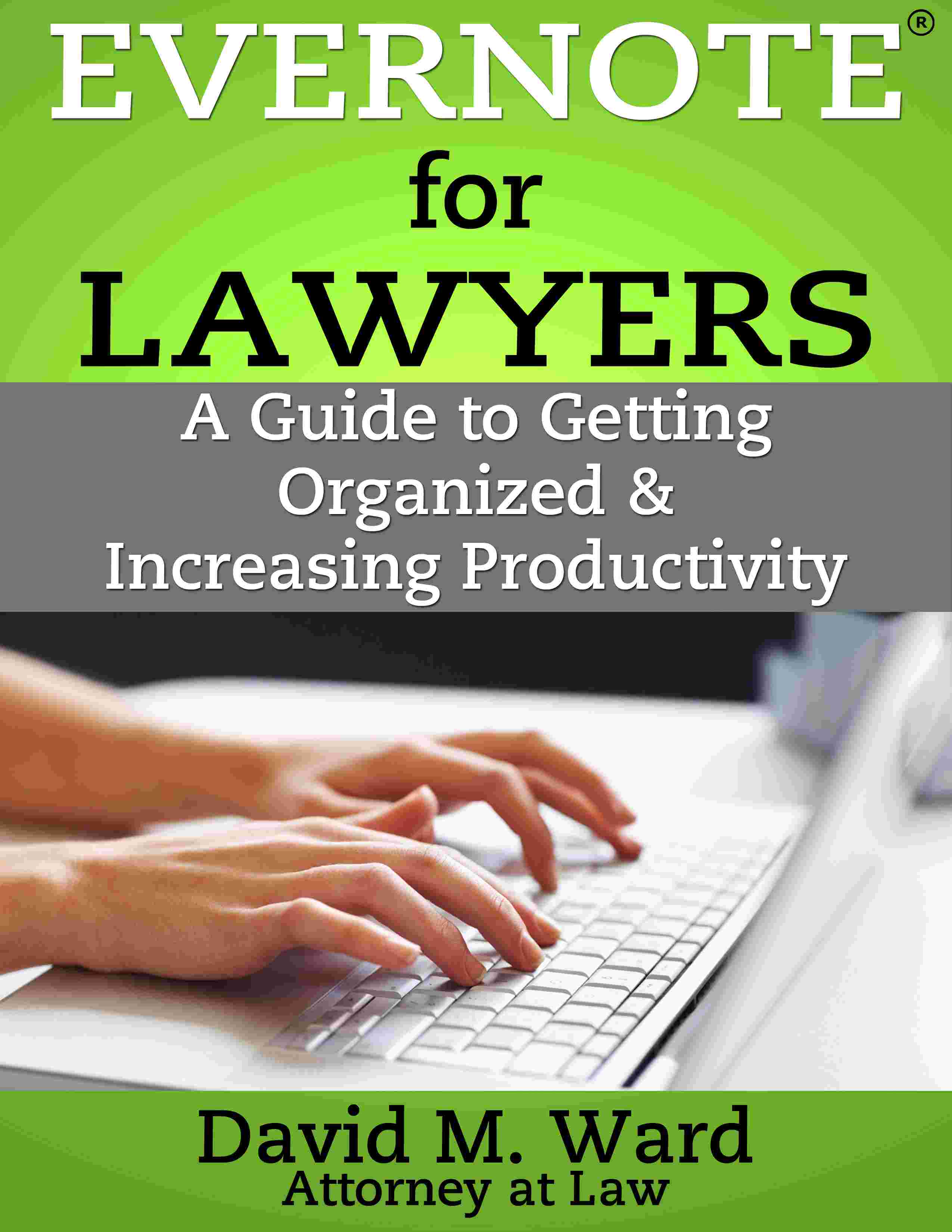
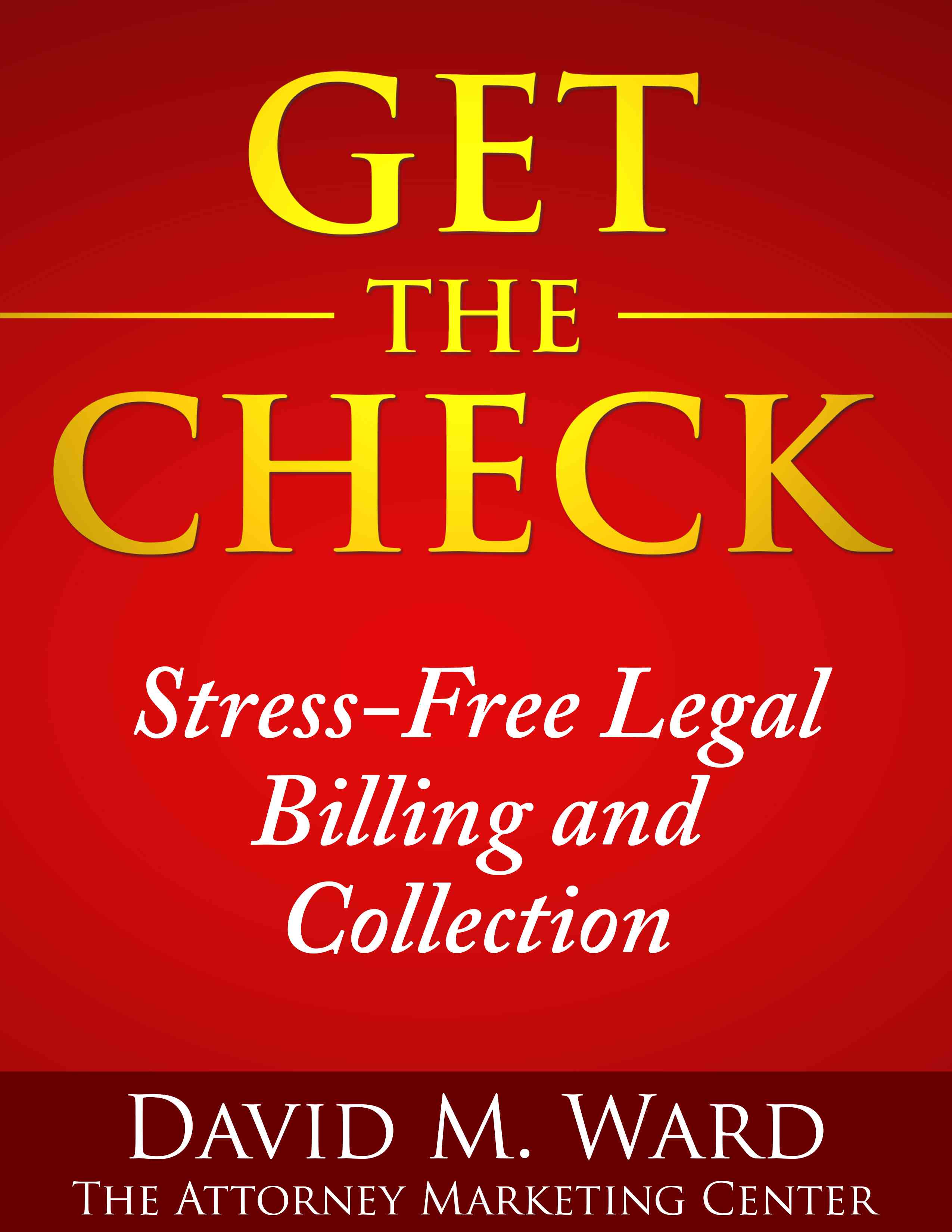
The economy sucks. What are you doing about it?
Okay, I’m not going to go all save-the-world on you but yes, if you can do something to make things better, you should. Get involved in local politics, volunteer at a charity, help someone in need.
The best thing you can do is to grow your practice. A bigger income would mean you could do more to help others. And you know what they say about the best way to help the poor: don’t become one of them.
I saw this photo on Facebook yesterday and it touched me. In case you can’t see it, it’s the window of a dry cleaner’s with a sign that says, “If you are unemployed and need an outfit clean for an interview, we will clean it for FREE”.
Nice.
Do you think the owner will get some business from this, beyond what he does for free? Publicity? Positive word of mouth? Do you think anyone who takes him up on his offer will continue to patronize his store in the future? Do you think he will tell everyone he knows about the business owner who helped him when he really needed a break?
No question about it. Doing good is good for business.
Could you do something similar for your clients and prospects? For your community?
A discount, a free service, even some non-legal advice. Offer a free financial literacy seminar to help people get a handle on their debts. Get someone a job interview at one of your client’s companies. Offer struggling entrepreneurs two hours of free advice.
Lots of people need help right now. Unemployed, struggling military families, people losing their homes.
What can you do?
Don’t do it solely because it might bring you some business. Do it because it makes you feel good to help a fellow human being.
If we all do that, even a little, everyone will be better off. Including us.